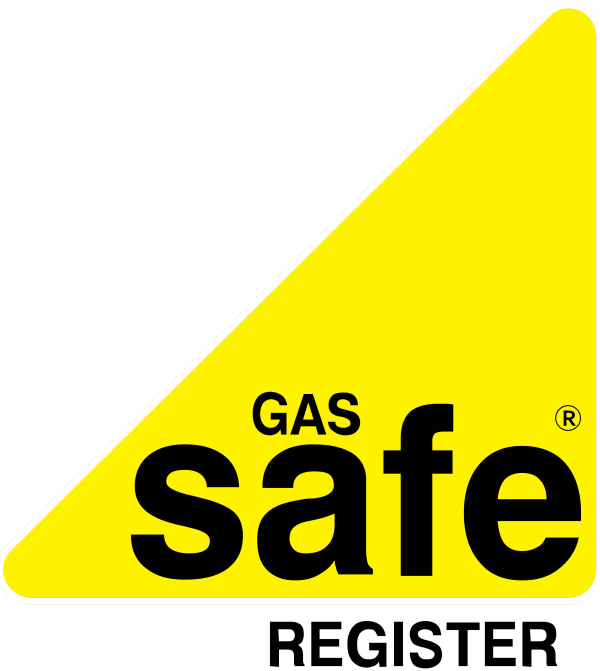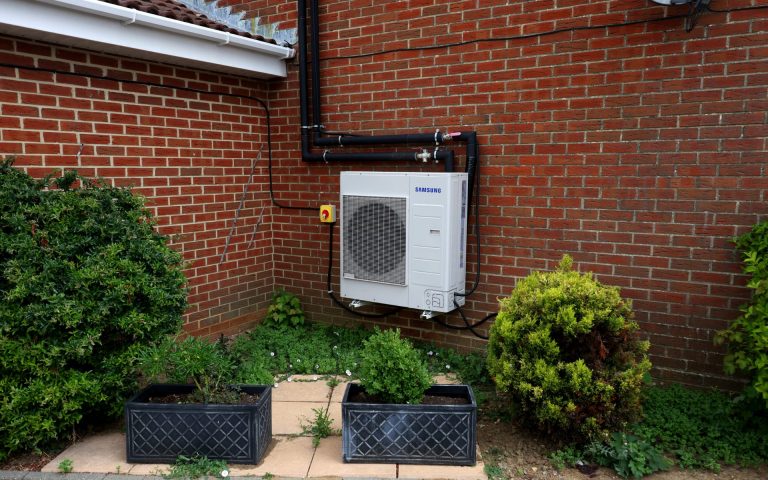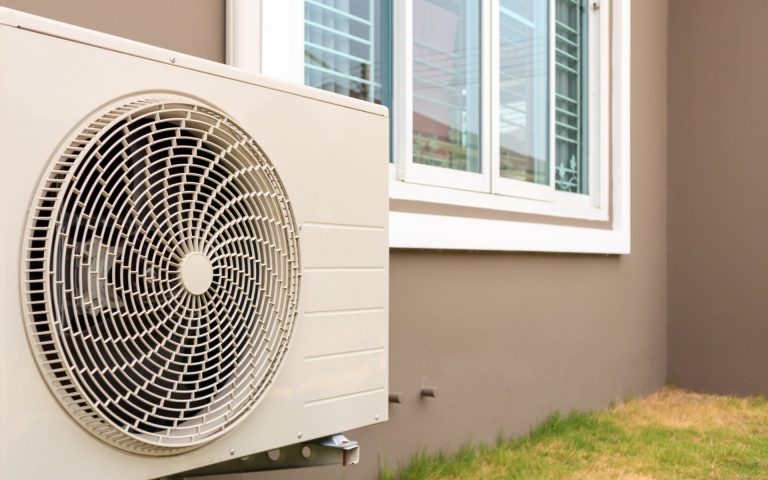It’s hard to envisage a time without boilers and central heating. Did you have your heating on this weekend? We did! But imagine if the only way of getting a cosy temperature in each room was having to light and tend to a fire!
Some of us might enjoy the cosiness of a real fire in our living rooms, but the thought of having to keep one going in every room of the house just to make sure it’s warm seems like a lot of effort. But that is the reality of life before boilers!
Chances are, your home has a central heating boiler (most of them do) but do you actually know how it works? And, more importantly, do you know how to help it work effectively and efficiently?
Read on if you want to find out a bit more about the humble boiler.
What is central heating?
In very basic terms, this is when one main appliance produces hot water in order to heat your home – The boiler. Each room now has a radiator (instead of a fireplace!) that the boiler pumps hot water to via pipes. The radiators then emit heat to make your home cosy and warm in every room.
What is a boiler?
You will usually find your boiler in the kitchen, although it could be in any room, including outhouses or garages. The boiler is a white, metal unit and is the most integral part of your central heating system as this is what produces the heat. For the purposes of this article we’re going to talk about gas boilers. Fundamentally, your boiler is a small gas-fuelled furnace. Most UK boilers are fuelled by natural gas from the National Grid. You can get different types of boiler which all operate slightly differently.
How does a gas boiler actually work?
Most gas boilers used for central heating have 3 pipes; One to feed in gas from the mains gas supply, one carrying in cold water ready to be heated, and one to carry out the hot water ready to be pumped around your home. So how do we go from gas and cold water to a warm, cosy home?
- When you press the button to turn on your heating, it opens a valve to let the gas from the mains supply enter the sealed combustion chamber. Lots of small valves let the gas into the chamber, where an electric ignition switch ignites it and creates blue flames. (The flame should always be blue – If it’s not, it may mean that it’s not combusting properly and could cause a carbon monoxide leak which could be fatal. Always keep a carbon monoxide detector next to your boiler, and call a Gas Safe registered engineer for their expert opinion, if you are in any doubt.) Once the flame is lit, the heat exchanger will be heated which will transfer the heat to the cold water pipe. The heat from the gas jets heat the water up to around 60 degrees Celsius
- When the water is heated to the right temperature, it is pumped around a circuit of pipes by an electric pump which is either inside the boiler itself or very close to it. The circuit of pipes will run around your home, passing through each radiator on each floor.
- When the hot water enters a radiator, it flows into one side, goes around a closed loop and then exits at the other side, enabling the whole radiator to warm up and emit heat to the room.
- Once the water has travelled through the whole of your house via all of your radiators, it returns to the boiler via the piping. The time this takes means that the water has significantly cooled by the time it makes it back to the boiler, causing the boiler to re-ignite ready to heat the water again and send it back round to the radiators. Your heating system will use the same water every time it heats your home, hence why sometimes dirt and sludge can cause problems. If it ever needs to be drained, this will be carried out by a Gas Safe registered engineer.
- What about the flue? Waste gas is produced by the boiler whilst it is burning. This waste gas needs to be released outside of the home, and exits via the flue.
So if boilers produce hot water radiators, do they produce it for taps too?
This is where different boilers come in – There are key differences between each one which will determine how they heat your home and what jobs they do. Whether or not your boiler produces the hot water for your taps depends on what type of boiler you have.
What are the different types of boiler and what do they do?
- A Regular Boiler – You might also know it as a conventional or traditional boiler. These boilers will produce the hot water for your heating system, but will not provide hot water for your taps, bath or shower. These types of boilers are used in conjunction with hot water tanks / storage cylinders. The boiler gets cold water from a tank in the loft via gravity and once the water is heated, it is stored in a hot water storage tank in an airing cupboard which can then be used throughout your home through your taps, bath and shower.
- A System Boiler: This boiler works the same as a Regular Boiler, apart from it gets its water supply from the mains at a higher pressure, meaning it doesn’t need a water tank in the loft to feed to it. Like the above, It also uses a hot water storage cylinder to store hot water for your taps.
- A Combi (combination) Boiler: The Combi Boiler is the most common type of boiler we install today. They have two heat exchangers and two hot water pipes, which means one connects directly to your taps, shower and bath and the other to your radiators. It is supplied with cold water directly from the mains, so again, no need for a feed tank in the loft. Due to this boiler being able to produce hot water on demand, there is no need for a hot water storage tank. The most popular thing about the Combi Boiler is that it will always produce hot water on demand – It will never run out of hot water. That’s because the hot water isn’t stored in a hot water tank like the Regular and System Boilers, so can’t ever be ‘empty’.
Which type of boiler do you have? Does it fit the needs of you, your family and your home? If you’re constantly complaining that you’ve got no hot water left for your shower, then maybe the time has come to get a new boiler. If you are currently thinking about replacing your boiler, then head to our website for a free, quick quote.






